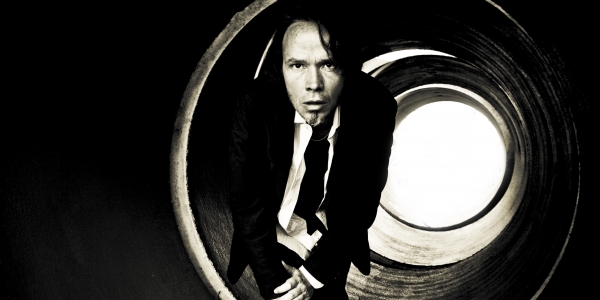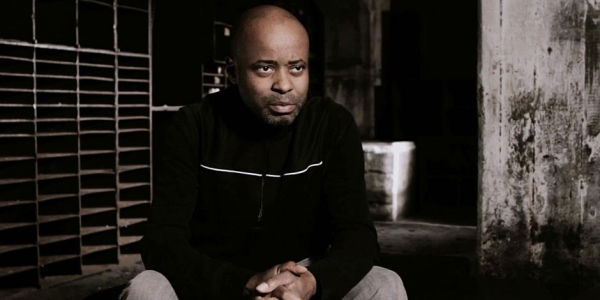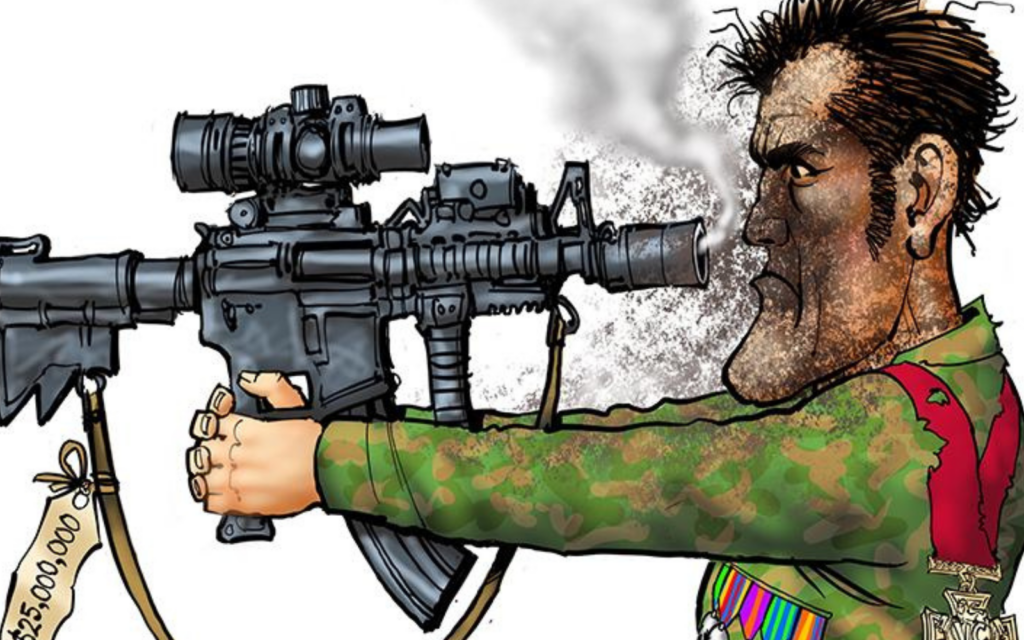In 1949, Lee, her lover Robert Clayton and Clayton’s criminal associate Norman Andrews, met a Melbourne bookie, William ‘Pop’ Kent, and returned to Kent’s Carlton residence with the objective of robbing Kent. Unable to find any money, the trio’s petty thievery mutated into murder, with Kent first tortured, then stabbed to death. Lee, Clayton and Andrews were found a short time afterwards, with both Lee and Clayton’s clothes still bearing the bloodstains occasioned by the murder.
Lee initially confessed to the crime, claiming that her lover Clayton was not involved, before subsequently retracting her confession. Charged under the doctrine of ‘common purpose’, Lee, Clayton and Andrews were all charged with murder: despite pleas for mercy, and allegations of a mistrial – and with the tabloid press fanning the fires of community outrage – 19 February 1951, Lee became the last woman in Australia to be executed.
50 years after she was sent to the gallows, the story of Jean Lee continues to attract attention. In 1998, poet Jordie Albiston published a verse biography of Jean Lee’s life, The Hanging of Jean Lee. With a focus on Lee’s life leading up to the murder, rather than the murder itself, Albiston’s biography explored the broader social and personal tragedy of Lee as a young woman in socially conservative Australia.
In 2006, Albiston’s biographical verse was brought to the Sydney Opera House stage, supplemented by an evocative soundtrack scored by Andree Greenwell and Abe Pogos. This weekend, Melbourne post-punk musician Hugo Race reprises his role in the original stage performance in the Arts House production of The Hanging of Jean Lee.
“I didn’t know anything about the story of Jean Lee when I was first asked to audition,” Race admits. “After I became involved in the production I read a biography of Jean Lee as preparation. At the time I was living in an area of Sydney where she grew up, so that was a fairly haunting introduction to her story.”
The Hanging of Jean Lee features four performers: Max Sharam (who plays Jean Lee both as a young and older woman), Race, Australian prog-punk musician Jeff Deff and Simon Maiden (Underbelly). While the narrative of Lee’s life is central to the story, Race says it’s the music that brings the story to life. “The music in the show is very spectacular,” Race says. “While it’s a very tragic story, the way it’s conveyed musically uses very different musical forms, from very upbeat numbers, very childlike songs, dramatic moments and tender and poignant moments. So in a way it’s very uplifting, with this very weird dark humour.”
Jean Lee’s story has been explored by other artists in recent years. In addition to Albiston’s verse, in 2008 Ed Kuepper and the Kowalski Collective released the Jean Lee and the Yellow Dog album, on which Kuepper and his wife Judi Dransfield-Kuepper created a musical and lyrical soundtrack for Lee’s life. Race suggests that the ongoing interest in Jean Lee reflects more than a morbid fascination for Lee’s final days. “Jean Lee is a very sympathetic character, which is probably why she’s been so fascinating to writers, including Jordie Albiston,” Race says. “She’s a symbol of betrayal and a tragic figure, but she’s also very resilient given what happened to her over the course of her life. The show explores all of this, and I, and I think the audience as well do feel sympathy for her.”
While it’s tempting to see Jean Lee’s life as reflecting an archaic sociological environment – where women were seen and not heard, and where social progression was restricted by socio-economic constructs – Race says the world of Jean Lee still exists today, even if we don’t always want to admit it. “The world from which Jean Lee came was full of abuse, and that still happens today,” Race says. “I think the statistic is that one in five women will experience sexual abuse of some kind. And if everyone doesn’t know these things, then they should.”
Jean Lee’s gender played its part in the drama as well. “At that time, the idea of a woman being involved in torture and murder was repugnant to a lot of people,” Race says. “And that’s part of the weird nature of the story. She didn’t actually murder Pop Kent – her boyfriend did. But she confessed to the murder in order to protect Bobby Clayton. On that level, she’s both heroic, but also a tragic caricature.”
Race also points to the tabloid feeding frenzy that accompanied the original trial. The original court proceedings were challenged, and a mistrial alleged. The Victorian Premier at the time, Sir John McDonald, was alerted to the possible contravention of court rules, but chose not to take any action. “The Victorian Premier didn’t want to back track, and that was because of the tabloid coverage,” Race says. “And that still type of reaction – especially the media coverage – still happens today.”
BY PATRICK EMERY







